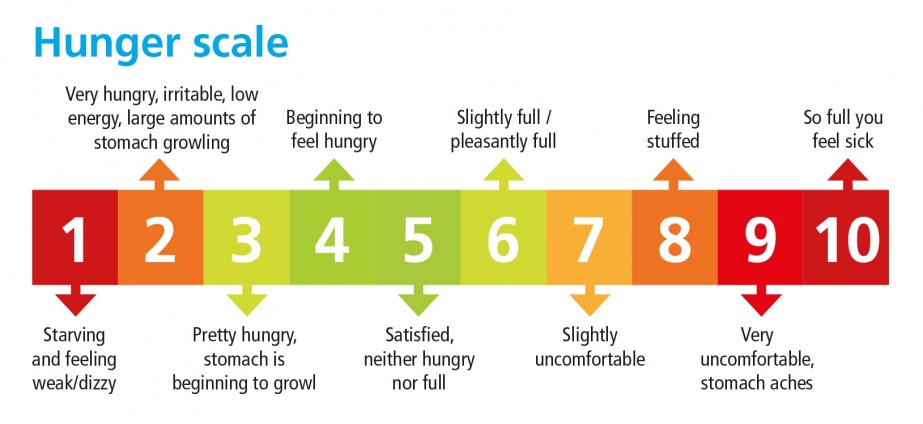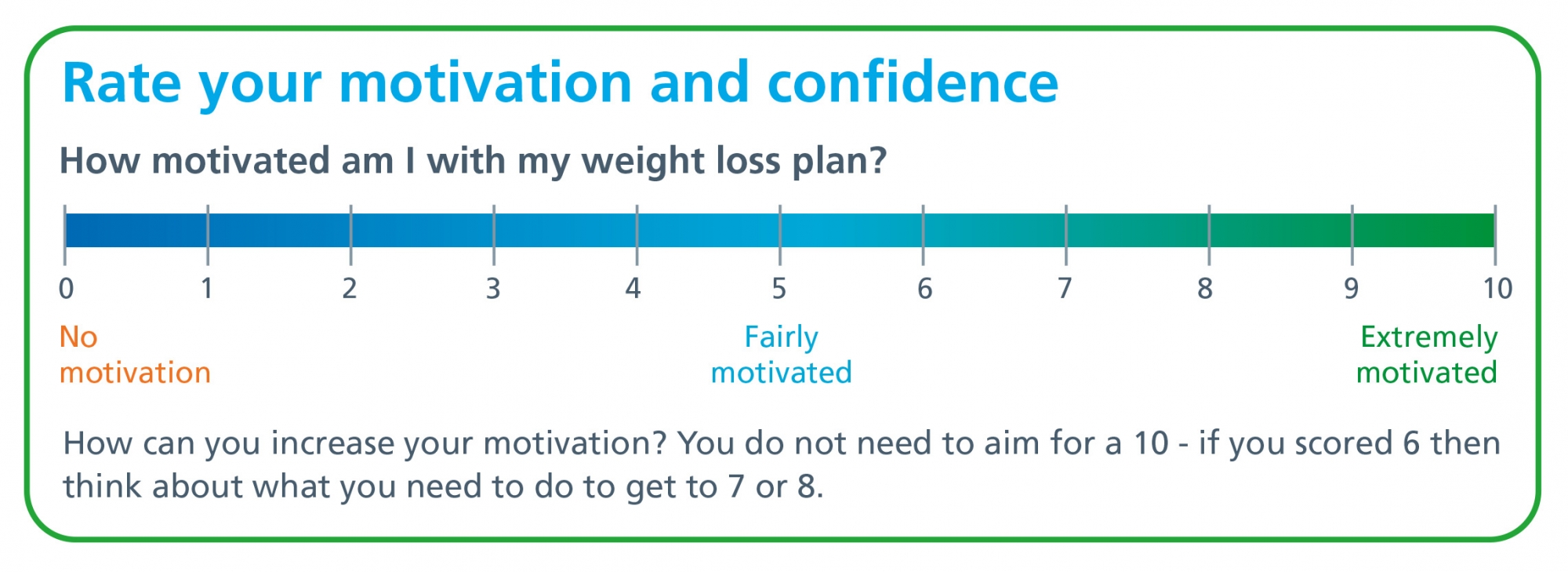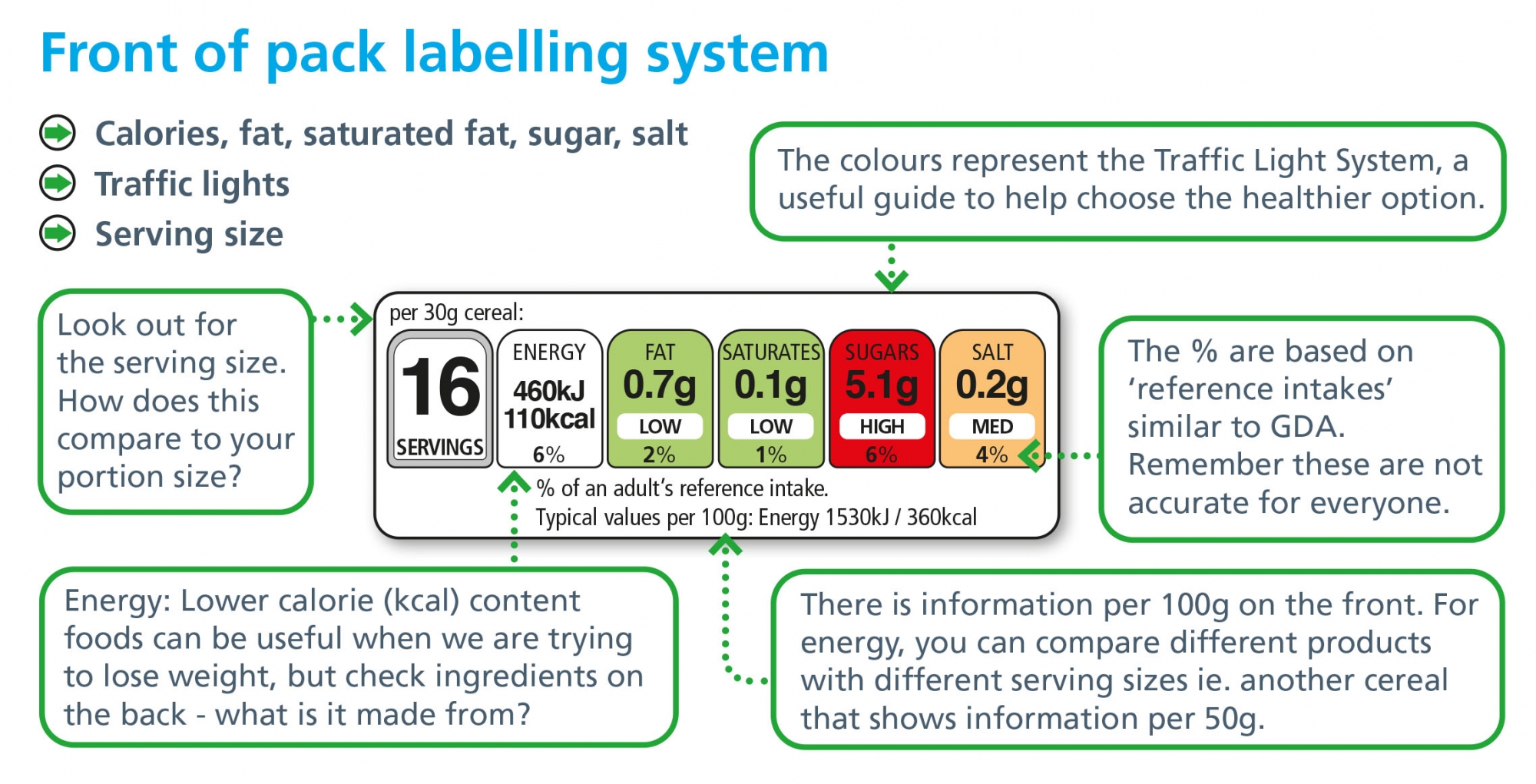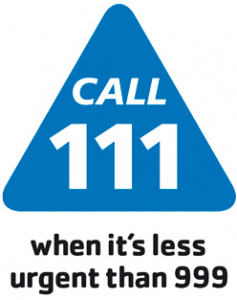What do I want to work on?
Being specific about areas that you want to focus on is important in creating a good plan that will help you with your goals.
Which of these are true for you?
Physical activity
- I set myself goals for how active I’ll be each day or week
- I follow an exercise plan/routine
- When I’m being active, I push myself to my limits
- I keep track of the physical activity that I do
Controlling cravings and mindfulness
- If I feel like eating but am trying not to, I make myself wait a certain amount of time to see if the craving passes
- If I feel like eating but am trying not to, I pause and ask myself if I’m hungry
- I use smaller plates, bowls and glasses when eating to help with my portion control
- I slow down how quickly I eat in an effort to eat less
Support and wellbeing
- I acknowledge negative emotions and can speak to somebody, use technology or specific techniques (e.g. meditation) to help with these
- I’ve tried to get my friends and family to support me in managing my weight
- I belong to a group of people who are trying to lose weight together (e.g. an online discussion forum)
- I use a weight loss service to help manage my weight (e.g. Weight Watchers, Slimming World, Lighter Life)
Meal and grocery planning
- When I’m grocery shopping and items of food look similar, I make my choice based on the nutritional information on the food labels
- I plan my food shopping in advance to help me stick to me stick to my plan (e.g. use a shopping list)
- To avoid eating and drinking things that don’t fit with my plan, I don’t keep them at home
- When I am food shopping, there are certain foods I stay away from to help me stick to my plan
Weight loss planning and monitoring
- I use a chart, diary or app to track my progress in losing weight
- I use a book, website, or app to look up the nutritional information and/or calorie content of the foods I eat
- I check the portion sizes of the things I eat
- I have a weight management plan, but I allow myself to be flexible about what I do depending on circumstances
Adapted from OxFAB Taxonomy and questionnaire: Hartmann-Boyce et al., (2016). Development of tools to study personal weight control strategies: OxFAB taxonomy. Obesity, 24(2), pp. 314–320
Select 1 or 2 sections from above that you want to focus on for the next few weeks. Click on these sections below for useful and practical information to support you.




 Top tips!
Top tips!

